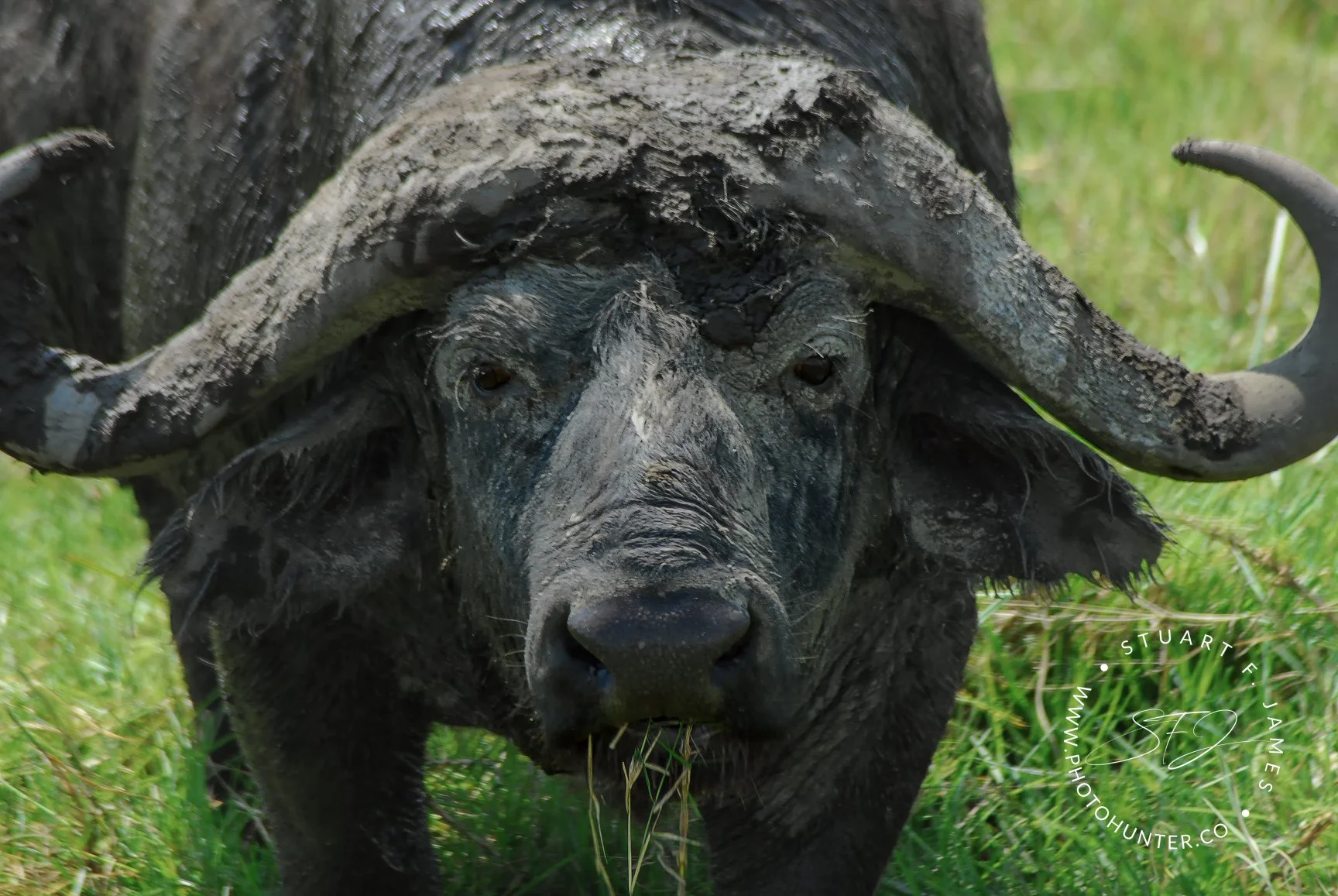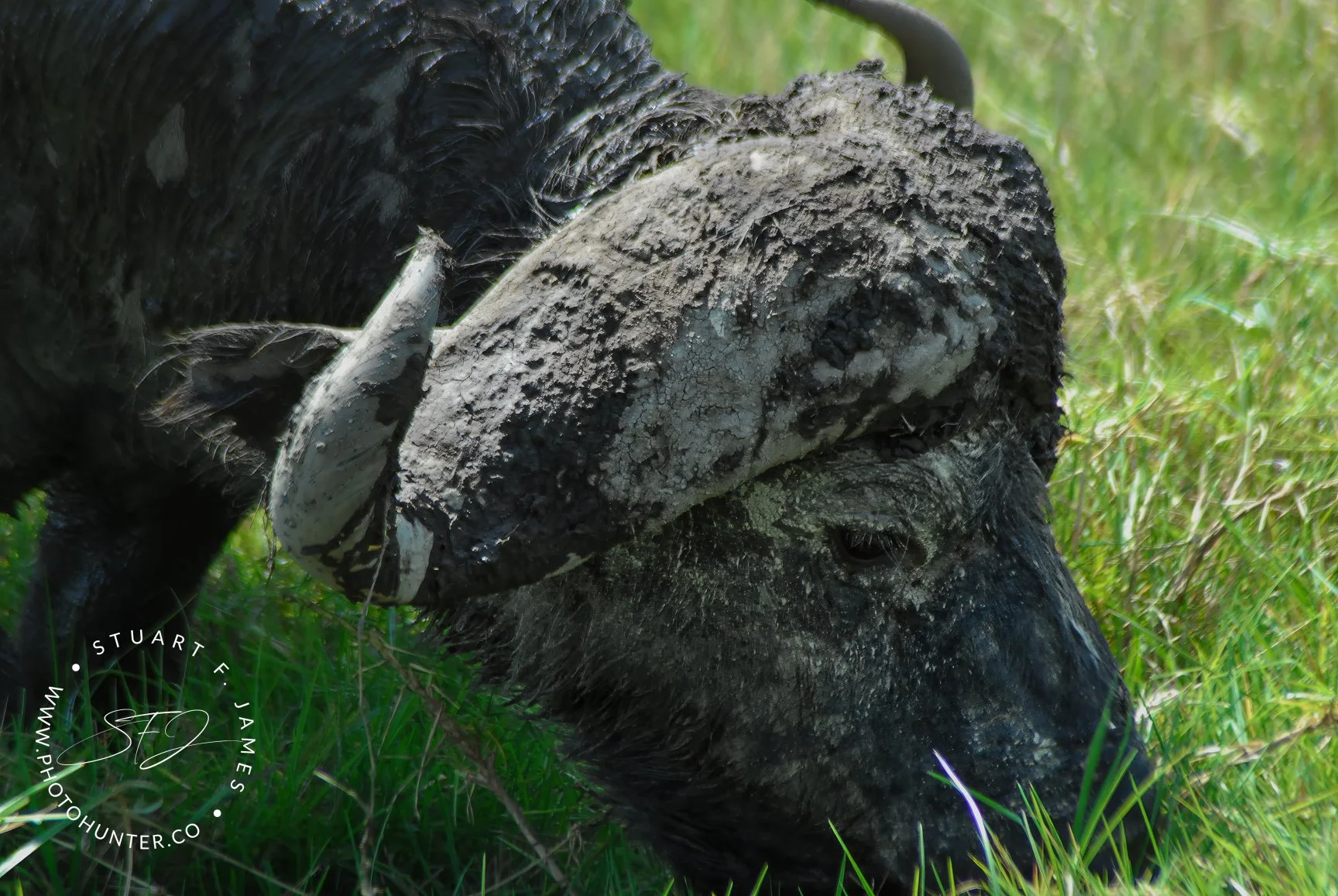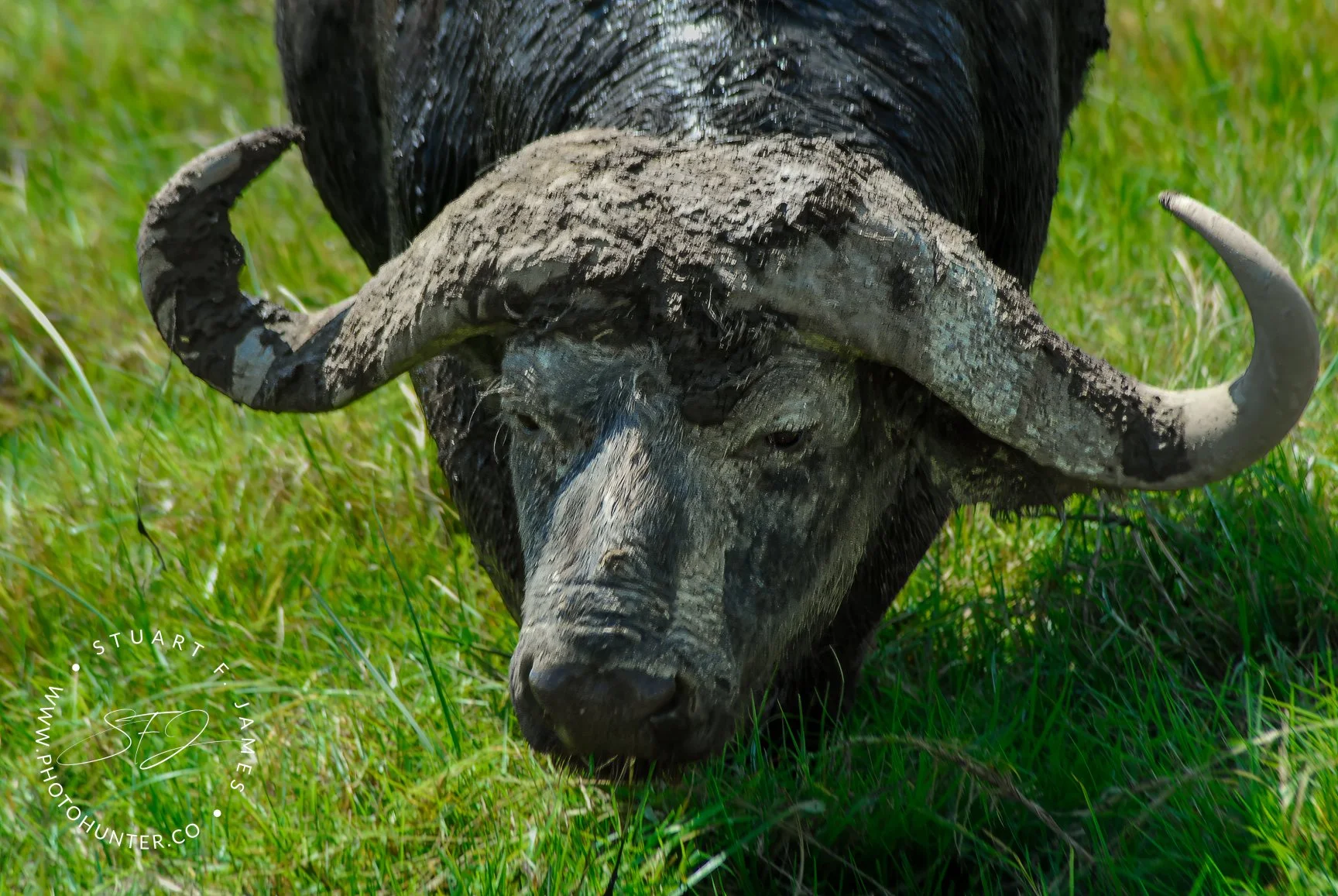An Imperfect Cape Buffalo
Exploring The Imperfect World of Photography
We live in a world where more detail is better. With technology, comes high definition and high resolution. We live in a world where 1080P or 1080I is replaced by 4K and 4K is replaced by 8K. In photography, the higher the megapixels on the camera, the better because we want to capture perfection in our world. Higher resolution and definition is better. Or is it?
Photographers aim for clarity and perfection, and the clearer, the better. The standards for great photos are increasingly based on these qualities. If you don't meet most or all of them, your photo might be overlooked or criticized.
I personally love the imperfection in photography. As I explore the world of photography, I look at the work of others to learn. In macro photography, I see the intricate details of insects, all of which “blows my mind.” Macro photography exemplifies what I’m talking about in this post—the more perfect and detailed, the better.
Sometimes, however, I think some of us forget that the goal isn’t always to have the most perfect and detailed photo. Maybe capturing that high-definition image with a high-megapixel camera or shooting that 8K video isn’t the main point. Sometimes, imperfections in photography can serve as artwork that shows the emotion of capturing the moment.
Sometimes, as you can see from the crane fly below, the lighting and setting are just as impactful as having high detail, which we have become so accustomed to in photography. There is something to be said about the softness in a photograph—the setting, the lighting, and the composition.
There are times when perfection is not the goal. Taking an image is more about composition and capturing the essence of the moment. The Cape Buffalo photos below were taken with a Nikon D200 almost 20 years ago. They were captured in JPEG format and recently edited in Lightroom Classic and Topaz Photo. With a little editing, using masking, exposure adjustments, sharpening, and color correction, you can bring out the essence of each photograph of the grazing Cape Buffalo. The images do not have perfect clarity, but they are expressive in showing the animal's natural behavior and the feeling conveyed by observing this magnificent creature while it grazes on a patch of grass. This illustrates how photography can be transformed into art with older photos, making them enjoyable for the viewing public.
There are times when I enjoy capturing that perfect image with high clarity. Additionally, I appreciate the moments, like photographing the crane fly, when I focus on capturing the animal in natural light, trying to convey the emotion of the moment and working with the equipment to photograph the magnificent insect in its natural habitat, or even becoming a neighbor on my back porch.
When creating images, capturing and editing the picture to preserve the moment and convey emotion are key steps in making stunning images to share with others. Each of us is unique, and we should express our individuality through our work. Be bold, explore.
Every photograph has a story behind it. Take photographs to capture that story.




